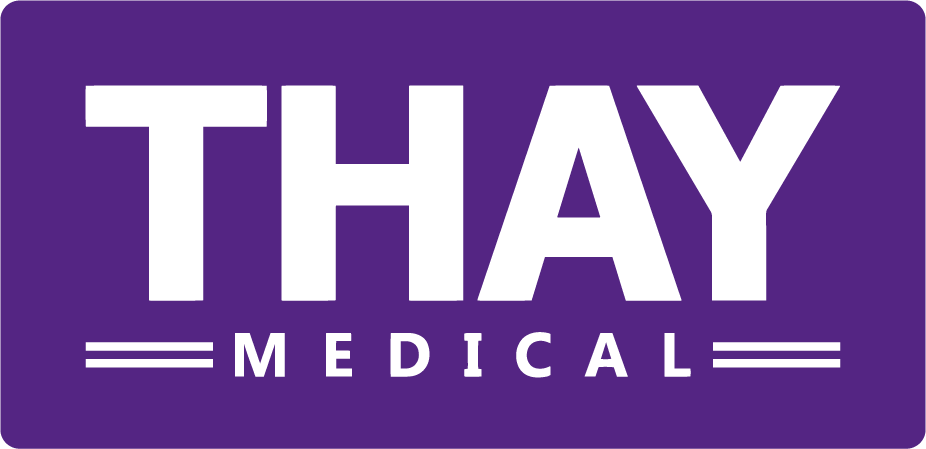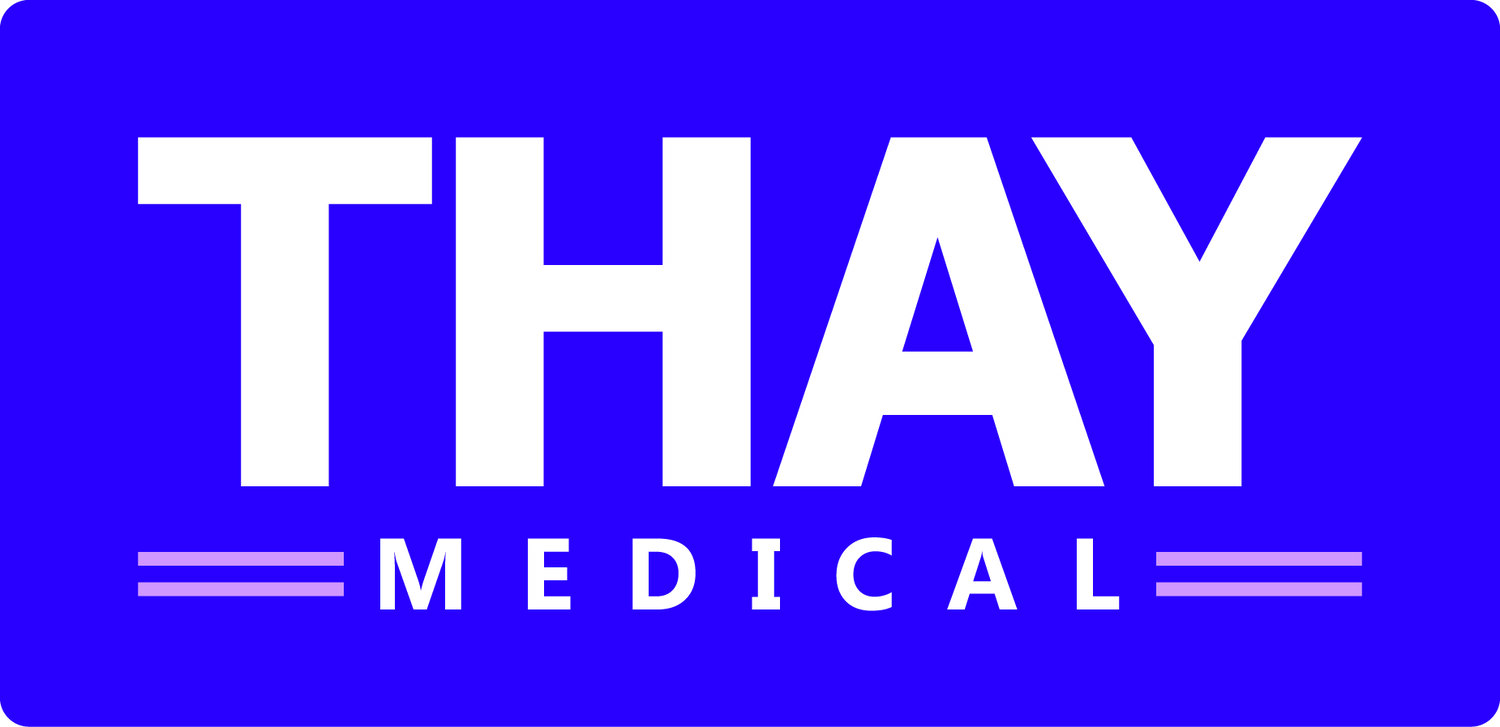Perspectives on Wearable Drug Delivery
 A few weeks ago, one of the THAY Medical team presented at the Wearable Drug Delivery conference in London, run by ONdrugDelivery and The Management Forum. Our Managing Director and principal Human Factors Consultant, Greg Thay presented on the human factors involved in wearable drug delivery.The presentation focused on understanding emotion. Primarily because emotions can enable users to use medical devices, especially wearable drug delivery devices safely, or unsafely. Obviously, medical devices need to be safe to use, but it was pointed out that emotions can have negative effects on use safety if they are not understood in the development of these products.
A few weeks ago, one of the THAY Medical team presented at the Wearable Drug Delivery conference in London, run by ONdrugDelivery and The Management Forum. Our Managing Director and principal Human Factors Consultant, Greg Thay presented on the human factors involved in wearable drug delivery.The presentation focused on understanding emotion. Primarily because emotions can enable users to use medical devices, especially wearable drug delivery devices safely, or unsafely. Obviously, medical devices need to be safe to use, but it was pointed out that emotions can have negative effects on use safety if they are not understood in the development of these products.
Emotions
An example of where understanding emotions is important, actually vital, is in the design of epinephrine auto-injectors, commonly prescribed to people at risk of anaphylactic reactions. The state of the recipient of the drug delivery – the epinephrine, is quite often the user. Sometimes, the user is a carer, or a person who is nearby and can assist the patient, the person having the allergic reaction. This poses other challenges in ensuring lay people can use auto-injectors safely – a topic for another blog post.So, in the situation that the user is the recipient of the drug – epinephrine, then their state of mind, their emotional state is going to be quite different to one when they are not having the allergic reaction. Emotions that are frequently seen in allergic reactions are raised such that the focus is on getting the drug (epinephrine) into the body as quickly and painlessly as possible. It is important to understand that the user here may be irrational and may perform tasks in their own manner, in a way unintended by the developer and manufacturer of the auto-injector. Also, they are likely to be very impatient, and so having a device that requires many safety steps may be mitigating risk for the developer, but may be adding complexity where the user does not want it. In addition, dependent upon the allergic reaction, if it affects the users visual acuity (eyesight) or manual dexterity (ability to use their fingers and hands), then reading instructions may become difficult, they may be mis-read, or misunderstood, and physical tasks may become difficult to achieve – such as removing a screw cap. Normally these tasks may be simple, but the emotional state of the user in this case, can create problems for the most well-designed auto-injector.With wearable drug delivery devices, whether they are auto-injectors, pen injectors, infusion systems, monitoring systems or closed loop delivery systems, it is important to place the role of the user as a primary element in the development. This is the human factors engineering element. It is there to better the product, and to ensure an understanding of the intended users, their requirements and their emotions. Many wearable drug delivery products use needles to get the medicine into the body – and some miraculously push the medicine through skin tissues (gas -powered injection devices). All interact with a very sensitive part of our body – our skin.
Skin interactions
Understanding skin biology is key in human factors engineering. Questions that can be asked to existing users of wearable drug delivery systems can include “what happens during an injection to your skin?” The answer is often “Oh, I see a small amount of blood”, or “not much”. Asking the question again after multiple uses, and the answers start to change to “I’ve now got skin nodules, and this restricts where I can inject” and “it’s often painful to inject”. All of these types of statements are related to emotions, and it is not great to hear negativity around this subject.This is not just restricted to injections or infusions – the rise of the patch pump and patch technologies means that the condition of the users skin becomes vital to the safe operation of the wearable drug delivery system. The questions change slightly since the patch covers a larger area of the skin. What is the effect on one use? What is the effect of the skin on multiple uses? How easy are these patch technologies to apply to the skin, and then remove – will they damage the skin upon removal? Patch technologies short-term are less painful than injections or infusions, but over time, there may be little difference to the user, and their perception of pain. Some characteristics of pain are shown below:
| Drug delivery method | Short-term | Long-term |
| Needle-based Injections | 4 | <1 |
| Needle-based Infusions | 3 | <1 |
| Patch Infusions | 1 | 1 |
| Patch Absorption | 1 | 1 |
| Patch Monitoring | 1 | 1 |
| Oral / Nasal delivery | 0 | 0 |
| Scale | Pain scale |
| 0 | Pain-free |
| 1 | Little pain |
| 2 | Mild pain |
| 3 | Pain |
| 4 | Some pain |
| 5 | Severe pain |
Intuition
Key to all of this is an emotion called intuition. Tapping into the users intuition is vital, as if the developer can design devices to be intuitive, instructions are redundant, and practices that the user is used to can be performed with little cognitive effort. The less the physical and cognitive effort, the less risk of unsafe use there is. Intuitive products are what is required.To top it all off, it is important to end up with the user having a positive user experience – an emotion where they feel that they have achieved the use of the device safely, effectively and quickly such that they know they can relax and recover, heal and continue on their daily lives as they wish to. A negative outcome is never desired, yet is very simple to achieve if the product has not been thought through, and engineered to enable a positive user experience. Again, it is an emotion that controls the user experience, and so understanding what may drive this is again vital in the use of a device, and especially a wearable drug delivery device, since the use is rarely a one-time affair.
Want to know more?
For any questions on this blog post, please do not hesitate to contact us.The Staff at THAY Medical

